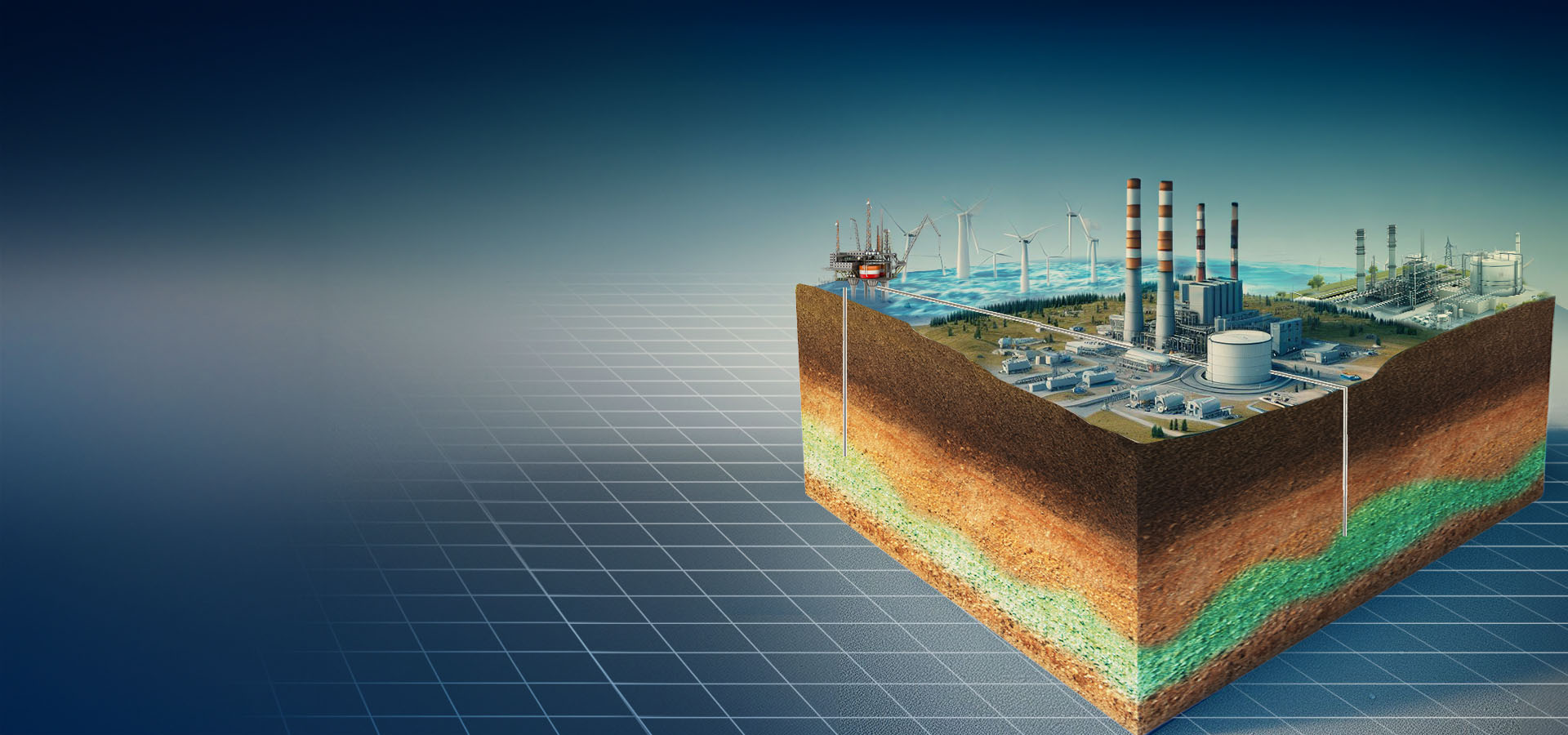Carbon Capture: The Cornerstone of a Net-zero Future
Power up your energy strategy with carbon capture, utilization and storage (CCUS) through simulation and material research.
What Pathway Leads to a Net-zero Economy?
Since the Paris Agreement and the 1.5°C goal, the global energy sector has made strides in transitioning to greener business operations, fueling optimism for combating climate change. This progress underscores the industry’s acknowledgment of its contribution to global greenhouse gas (GHG) emissions and its commitment to address them. However, is the shift rapid enough to decarbonize the global economy in just three decades?
To effectively accelerate clean energy transitions and ensure that achieving net zero by 2050 isn't merely a pipe dream, difficult-to-decarbonize industries must complete the first-order task — slash emissions from company operations, which can be accomplished with carbon capture, utilization and storage (CCUS).
According to the International Energy Agency and McKinsey & Company:
50%
of the global greenhouse gas emissions came from carbon-intensive sectors
Up to $85
per ton of CO₂ captured and sequestered from CCUS is incentivized in tax credits
20%
of the typical oil and gas company’s abatement costs can be reduced with CCUS
Maturing Carbon Capture Technology
Simulation and material research are critical components of a successful carbon capture and storage strategy. Leveraging molecular modeling and multi-physics simulation on the 3DEXPERIENCE® platform, oil and gas companies can optimize material research and development to reduce the costs of carbon capture. Energy producers can also simulate CO₂ infrastructure behavior to gain deeper insights into CCUS infrastructure and CO₂ capture efficiency. This capability, powered by virtual twin technology, facilitates the early detection and resolution of potential issues in subsurface wells.
To drive clean energy transformation, energy leaders need to initiate discussions about CCUS and ultimately, take targeted actions. Explore the infographic to learn how your company can fuel the shift toward clean energy.
CO₂ Capture: The Move to Clean Energy
While effective policy frameworks and ample financial resources are pivotal for advancing CCUS projects, collaboration emerges as equally essential. The 3DEXPERIENCE platform seamlessly connects all stakeholders on the same 3D models using a multi-scale virtual twin. This capability provides comprehensive visibility into project progress, access to digital simulations and centralized, real-time data — offering a practical means of de-risking investment and execution.
Clearly, virtual twin technology, the backbone driving offshore wind energy and advanced nuclear reactors toward net-zero emissions, is also fundamentally reshaping the global energy landscape. By investing in CCS technology on the 3DEXPERIENCE platform, oil and gas companies can maximize the returns of CCUS to drive success in the renewable energy sector.
All About Carbon Capture, Utilization and Storage
There’s a growing demand for CO₂-based products and the CCUS market is projected to reach between US$10B and US$15B by 2030. Clearly, it’s no longer a question of if, but how fast heavy industries need to decarbonize.
The Blueprint for CCUS Success
Capitalize on matured CCUS technology to ensure long-term viability in a net-zero future.
Discover More About Designing a Power Plan for a Smooth Energy Transition
Get ready to accelerate the shift to clean energy for a brighter tomorrow.




